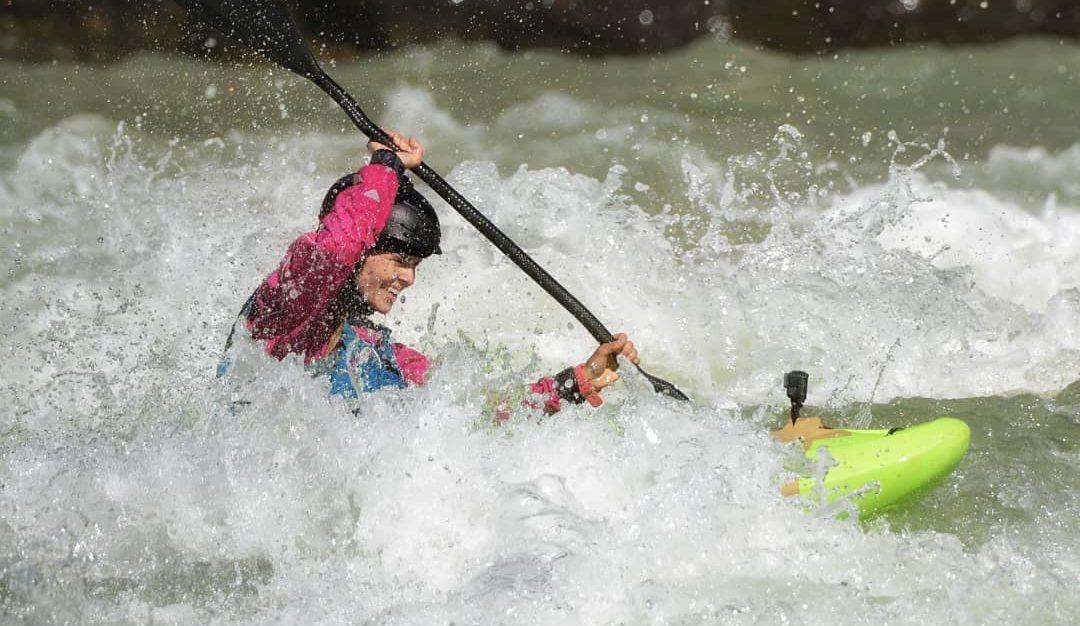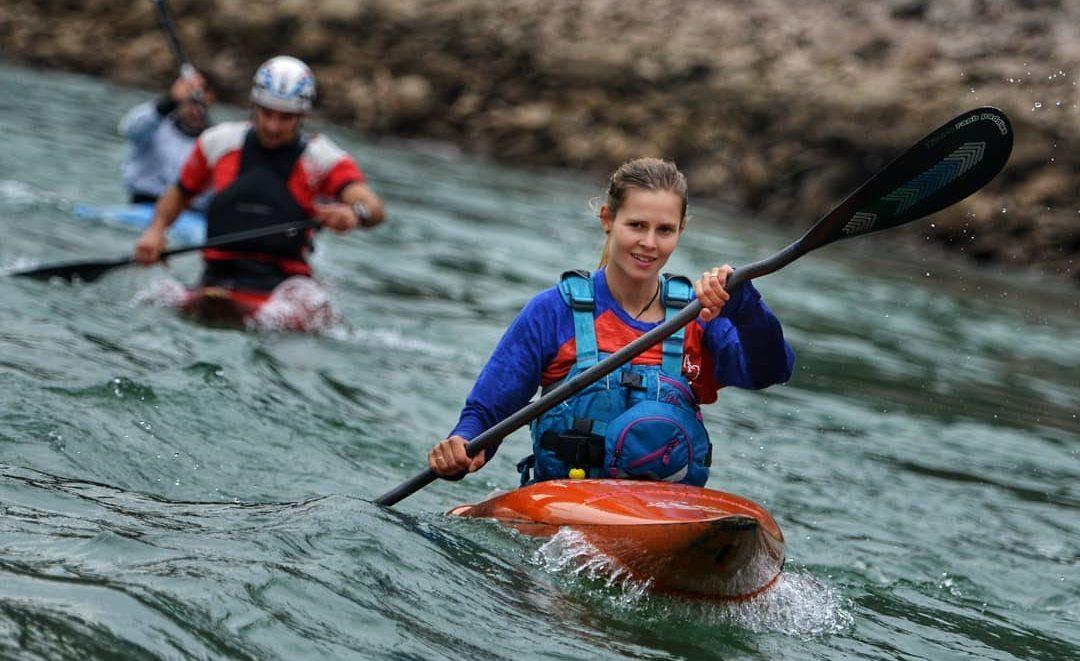Self awareness and training your mind is as important as training your body. Whether you are a super serious competitor or not, it’s interesting to go visit a sports psychologist. It can help in so many different ways not just with your sport performance but also about goals and your mindset – to be the best person you can be. It’s a hard one to write about but I have tried to come up with a couple exercises to help you find what works best for you. For me, performing well goes hand in hand with feeling good and enjoying what I’m doing. If you love the road to your goal it’s easier to get there!

Goals
You can increase your motivation by setting realistic but challenging goals. Good goals are focussed on doing something well rather than just the outcome. Goals are more effective when they are clear, realistic and written down. When you finally put down on paper what you want to achieve it literally marks a point from which you can measure your success. You can see a start and finish just like in a race.
The next step is to break down the bigger goals into smaller steps and to begin to tick off these small steps. You may want to look at the book Write It Down Make It Happen by Henriette Anne Klauser.
Exercise 1 – write down
- What is your long-term dream goal?
- What is your dream goal this season?
- What is a realistic goal you could achieve this season?
- What is your objective for today or this week?
There are loosely three different kinds of goals; outcome goals, performance goals and process goals.
Outcome goals are those vague ‘end results’ that aren’t entirely under your control – depending on how specific you want to be, this might be winning the league or even winning one race, where at the very least your competition is not under your control.
Performance goals are the concrete things you are trying to achieve – to paddle the race-course in under fifty seconds and receive no penalties (this may or may not win you the race!)
Process goals are the steps you can take to get to your performance goals, for example averaging 120 second 500 metre sprints across the whole season, or logging 800 kilometres paddled in the season’s training for your marathon.
Exercise 2 – write down
- What is your outcome goal?
- What are your performance goals?
- What are your process goals?
If, during your race, performance or challenge you can detach from outcome and focus only on the moment, rather than your final time, place, or score, then the outcome will take care of itself.

Performance profiling
Now you have set your goals, how can you make the most of them? How can you identify and organise your training, preparation and judge the progress of your development? Keeping a record of performance profiling periodically after training or competing, can help you to implement realistic goals and maximise your motivation.
First choose a number of personal performance characteristics that are important to you.
| Characteristics | API – Athlete’s perceived level of importance | IA – Ideal athlete | ASA – Athlete’s self assessment |
| Concentration | 9 | 10 | 6 |
| Commitment | 9 | 10 | 5 |
| Refocusing after errors | 9 | 10 | 5 |
| Enjoyment | 10 | 10 | 8 |
The API is how you rank the characteristics you have chosen in order of importance. Mark this on a scale from 0-10 (0 being irrelevant and 10 being the most important). The IA and ASA columns show what the very best performance could be and your opinion of your own performance that day/session. The ideal athlete always scores a 10/10! In the ASA column judge how well you did at each characteristic from 0-10 (0 being completely useless and 10 being perfect).
With this done we can do a quick calculation to help us see what characteristics we need to work on in training. Work out the difference between the ideal athlete and your self assessment (IA – ASA) then multiply this by the importance (API) factor. The higher the discrepancy, the more effort and attention you need to give to it in training. Once again, by writing this stuff down you are committing to a point in time from which you can make improvements or measure your progress.
| Characteristics | (IA-ASA) | Discrepancy |
| Concentration | 4 | 36 |
| Commitment | 5 | 45 |
| Refocusing after errors | 5 | 45 |
| Enjoyment | 2 | 20 |
Discrepancy = (IA-ASA) x API
Exercise 3 – after a training session or race
Fill out the performance profiling table to find out your areas that may needs to be addressed through training. Choose five to ten characteristics which you think are the most important.
| Characteristics | API | IA | ASA | (IA-ASA) | Discrepancy |
| 10 | |||||
| 10 | |||||
| 10 | |||||
| 10 |
Visualisation
Imagining yourself succeeding, achieving your goals or mastering techniques helps to increase your motivation. Practicing effective visualisation, increases your focus on your goals and will strengthen your concentration. By visualising yourself in detail doing a great run you can feel focused and confident. When you are training, use your positive mental images throughout your workout to create feelings of speed and power. Practice visualisation before, during and after your training to build confidence and new motivation. Keeping faith in yourself and your ability to replicate what you have done in training allows you to go into your race with confidence instead of fear.
If you interested to find out more about the mental aspect this website is a great start www.theflowcentre.com
